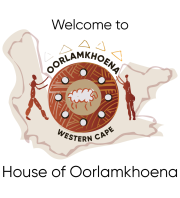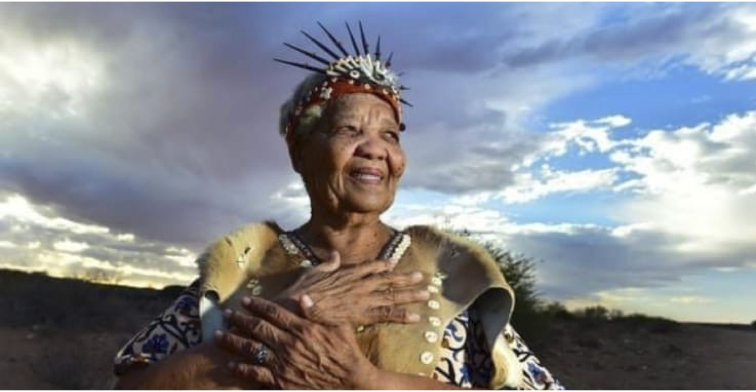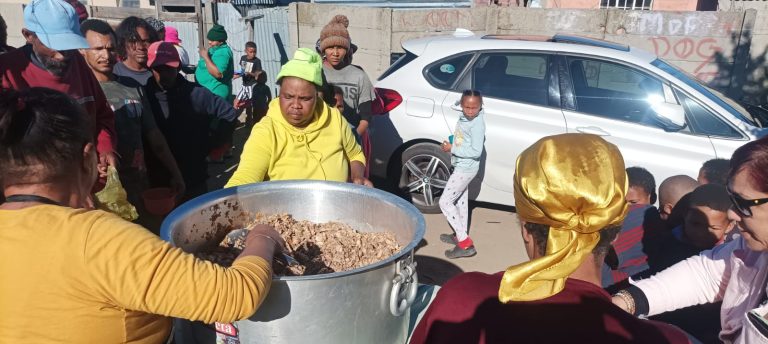“When people call you by your name, they honour you, when they call you by your surname, they honour your fathers and mothers.”
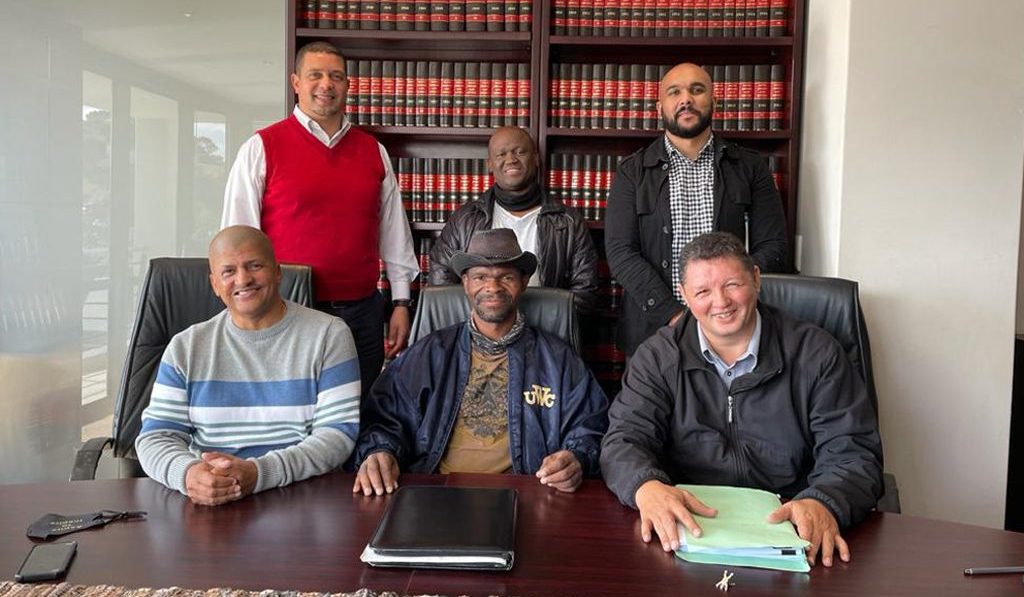
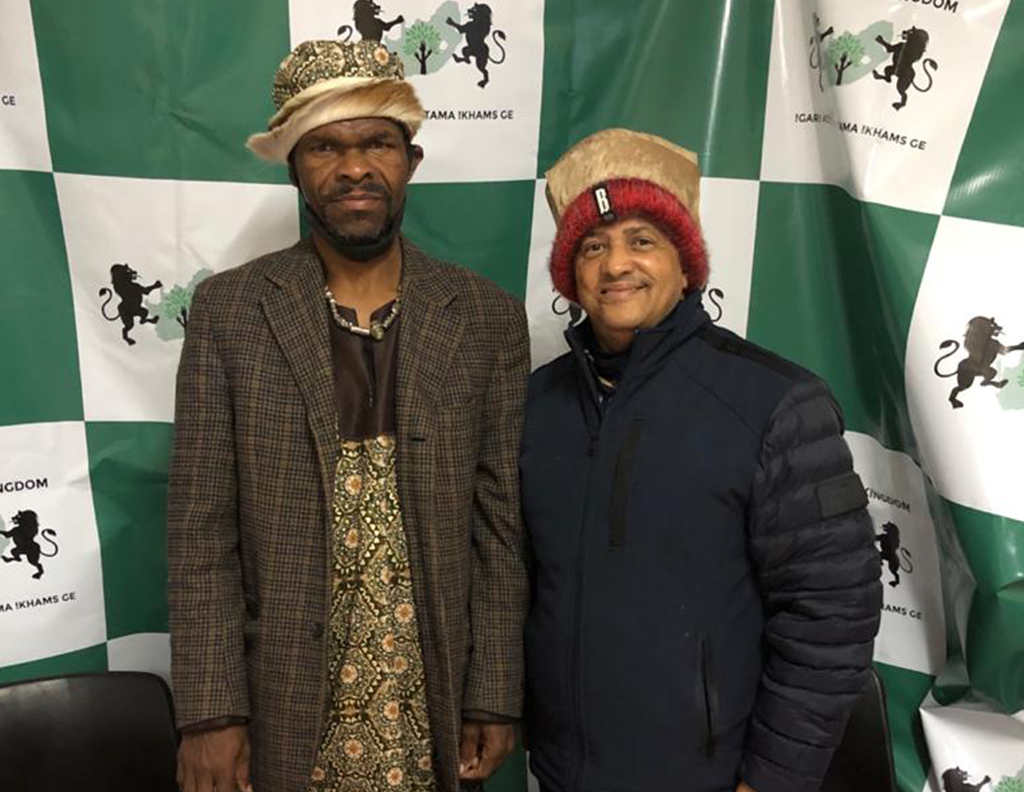
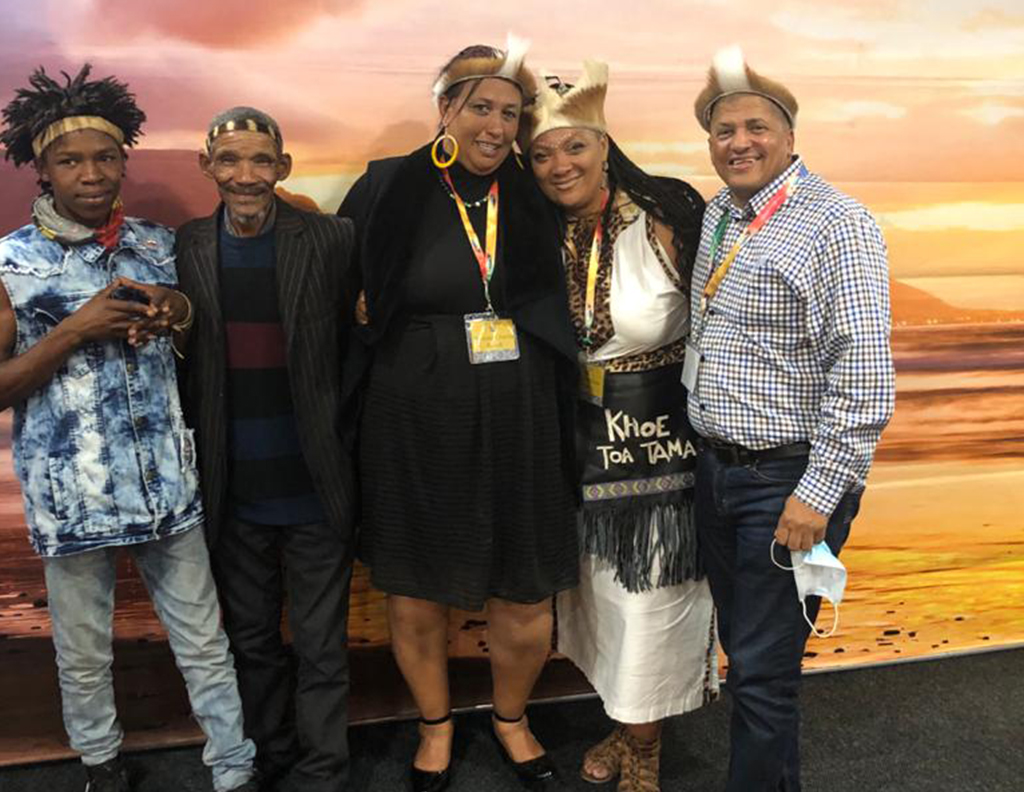
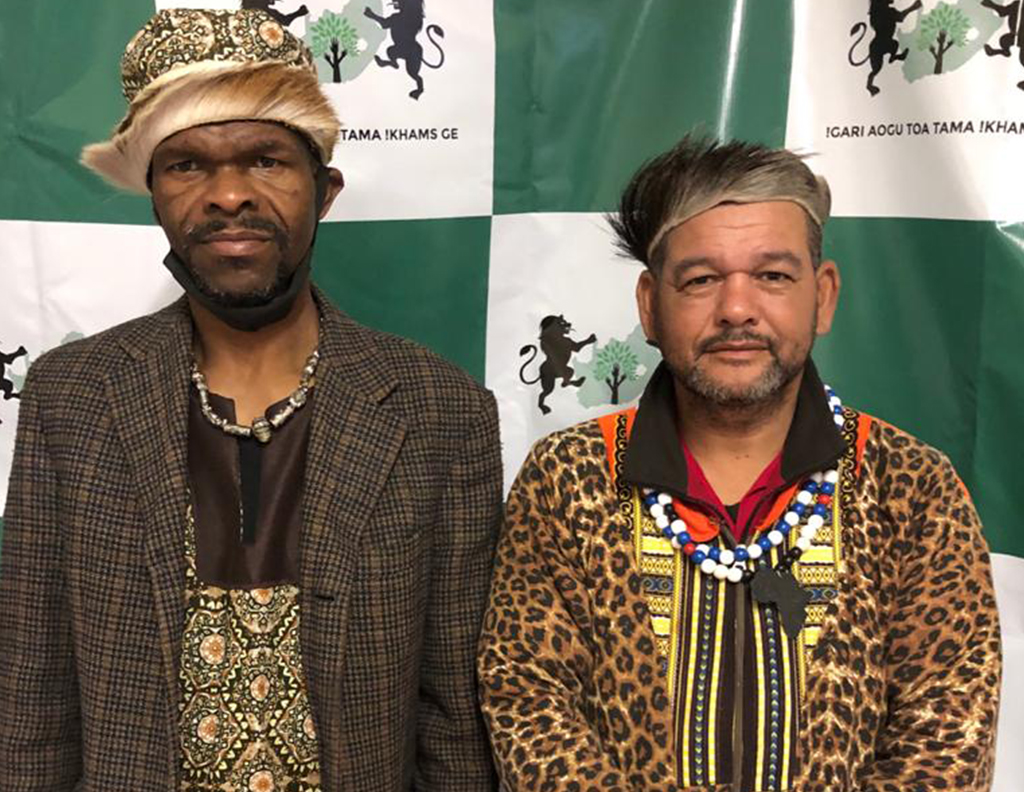
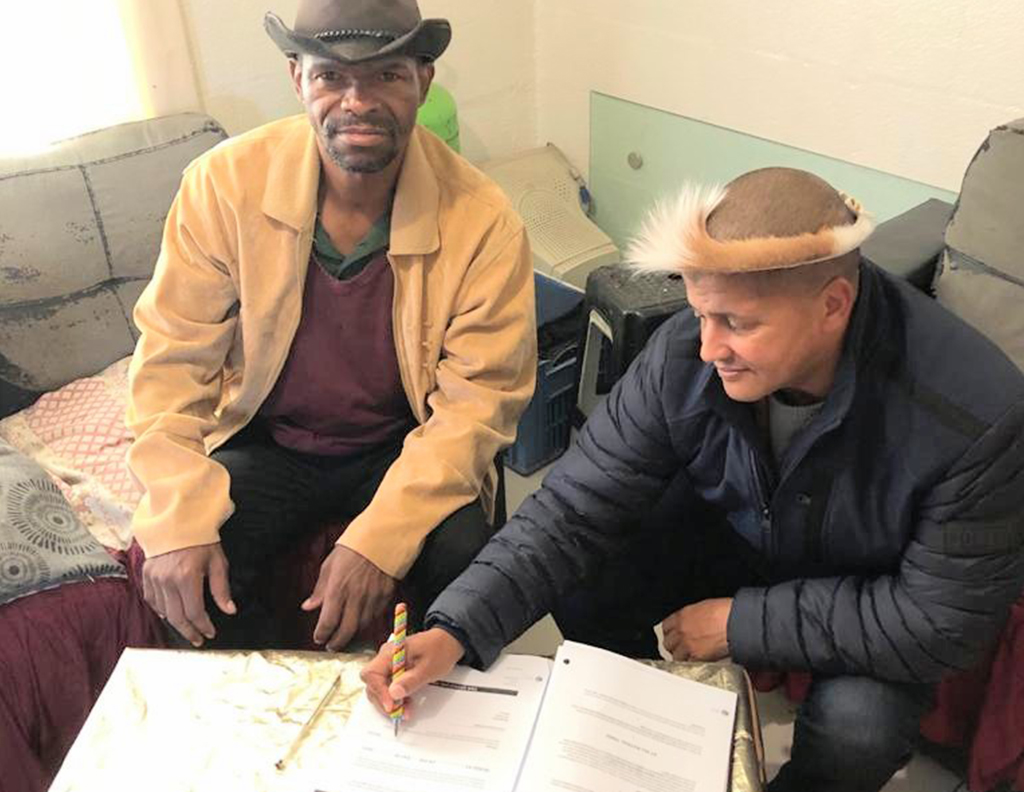
Oorlam people
“The Oorlam or Orlam people (also known as Orlaam, Oorlammers, Oerlams, or Orlamse Hottentots) are a subtribe of the Nama people, largely assimilated after their migration from the Cape Colony (today, part of South Africa) to Namaqualand and Damaraland (now in Namibia).
Oorlam clans were originally formed from mixed-race descendants of indigenous Khoikhoi, Europeans and slaves from Mozambique, Madagascar, India, and Indonesia. Similar to the other Afrikaans-speaking group at the time, the Trekboers, Oorlam originally populated the frontiers of the infant Cape Colony, later living as semi-nomadic commandos of mounted gunmen. Also like the Boers, they migrated inland from the Cape, and established several states in what are now South Africa and Namibia. The Oorlam migration in South Africa also produced the related Griqua people.”
Our Story
About Oorlamkhoena Tribe
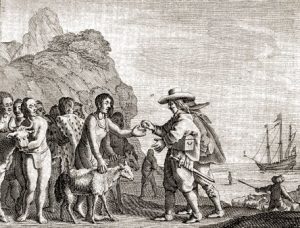 Where can we begin?
Where can we begin?
It is important to note that the history of the Khoi and San was intentionally and deliberately removed and distorted, with concerted efforts made by the British Colonialists and the Dutch to ensure that it does not surface throughout history. It was a total onslaught from all angles: legislative bannings, language division and appropriation, territorial separation and annexing, mutilation of our tribe members, spreading false information, withholding and destruction of critical records.
The Khoisan people had to retrieve and reconstruct their histories, through the hearses (oral recollection) substantiated by written historic colonialist recordings and anthropological research of the generations of fathers and mothers, some who were still around to tell the story.
Today, in a world where written content can so easily be verified through online searches – authenticating a story instantly – here we come along, in an attempt to retell the history – the masterminds had centuries to orchestrate its removal and absence from history.
From 1 April 2021, the Khoisan Act came into effect; granting the Khoi and San acknowledgment as a traditional community/kingdom; subject to being required to verifying their existence as an authentic tribe/kingdom, through either royal lineage or authorization by its people – we have two year within which to do that. Two forms of verification from the Cape Khoi “Coloureds” people, whom number 1; who’s lineage were bastardised through the Europeans and Boer Afrikaners and, number 2: were prevented from being a ‘nation’ through, just to mention one controversial past, “farm slavery with the “dopstelsel” (formenting alcohol dependancy to avoid monetary remuneration), which resulted in the very alcohol, drug ridden coloured societies we have today – ask them to appoint their ‘chief or king’ within 2 years.
Currently the South African Government’s processes is obscured by the lack of historic available information of our history, caused by the deliberate obliteration of our history. This is further plagued by the various interest groups which the current Government is attempting to appease. Our Khoi leaders, businesspeople, and stalwarts therefor have a duty to stand up and take control of our future by reclaiming the history of the Khoi and the San who is the Frist Nation of South Africa – regaining our rightful place in this South Africa of ours.
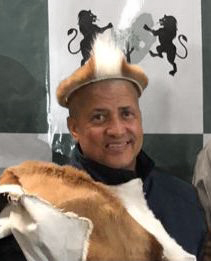 A Chief stands up
A Chief stands up
Hyram Demitri Doolings was born in 1961, in Cape Town, during South Africa’s apartheid era and was racially classified as coloured. He still lives in Cape town, with four beautiful daughters (Simone, Tarryn, Alexis and Kayla) who was born of his marriage with Lolitta Grace Doolings. Whilst at school at the age of 12 he was knocked down by a car and suffered numerous injuries. He was attended to by a first aider, who worked for the South African Red Cross Society. This event instilled in him desire to serve his community of which the first step was to become a first aider. He later joined the South African Red Cross Society and served 12 years as a volunteer for the South African Red Cross Society where he performed over a million minutes in first aid.
The linkage
He recalls that at the age of nine he started interacting regularly with his uncle, Frederick Stuurman, who was married to Eileen Stuurman. 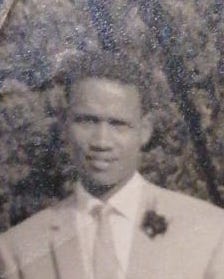 Uncle Frederick Stuurman, who was a direct descendant of Dawid Stuurman. During his frequent discussions and interactions Uncle Frederic shared with him the history and significant role that Dawid Stuurman played in the struggles of the Khoi and San Nation. During this period the burden of leadership was placed on his shoulders. Dawid Stuurman has a deep rooted connection to the history of the Khoi and he will for ever be remembered as being imprisoned thrice on Robben Island and successfully escaped from the Island.
Uncle Frederick Stuurman, who was a direct descendant of Dawid Stuurman. During his frequent discussions and interactions Uncle Frederic shared with him the history and significant role that Dawid Stuurman played in the struggles of the Khoi and San Nation. During this period the burden of leadership was placed on his shoulders. Dawid Stuurman has a deep rooted connection to the history of the Khoi and he will for ever be remembered as being imprisoned thrice on Robben Island and successfully escaped from the Island.
Initially a young Doolings did not understand why Uncle Frederick was so sad when he narrated the life story of his forefathers with specific reference to Dawid Stuurman. It is only in his later teenage years when at high school that the impact of what Uncle Frederick shared with him, dawned on him and he realised how his peoples inheritance was stolen which resulted in the impoverished coloured communities which we encounter today.
Latest News
Stay updated
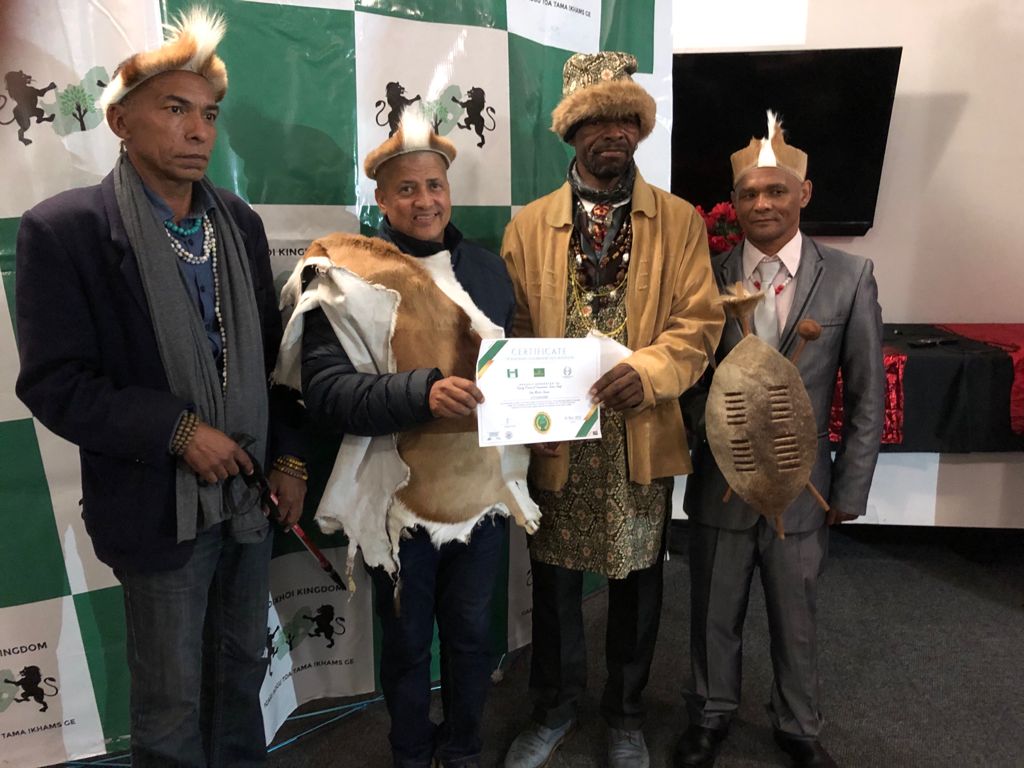
Our Kingdom
Baxhidixhoi – Goringhaicona Khoi Khpoin Traditional Council
Paramount Chiefs of the various tribes meet with HRH King Jeremy Saffier of the Baxhidixhoi Kingdom.
Katrina Esau (87) is the last remaining South African who can speak the ancient Khoisan San language called Nluu which is said to be 25 000 years old.
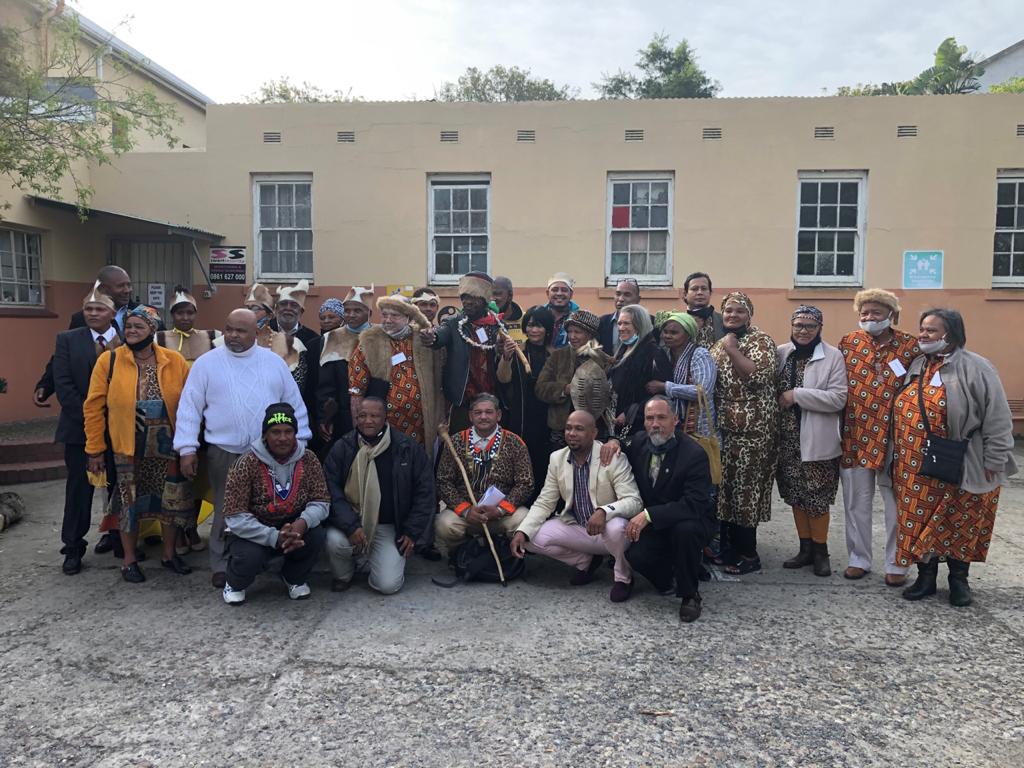
Tribe Alliances
Khoisan Chiefs with their Councils
Khoisan Chiefs meet in August 2020 in Oude Moulen to form the Khoisan Chiefs council.
Feeding Scheme – early childhood development and performing various programmes with the youth and eldery
